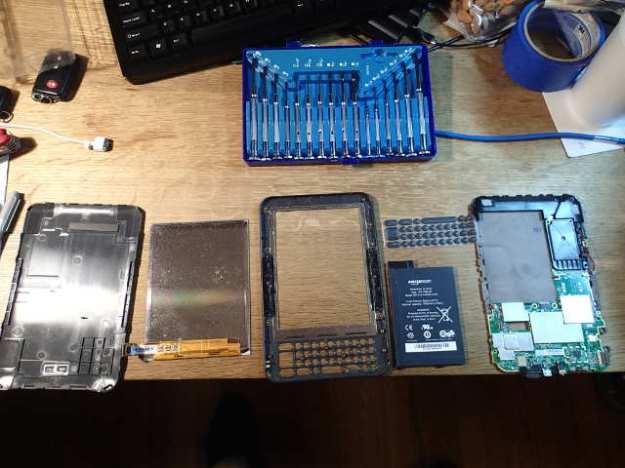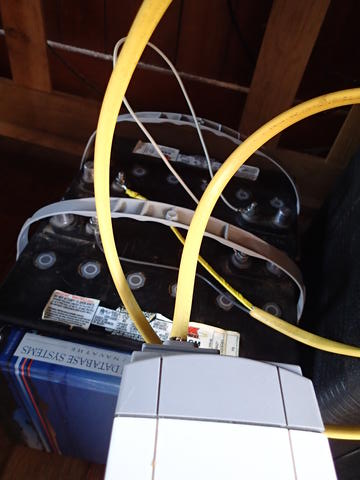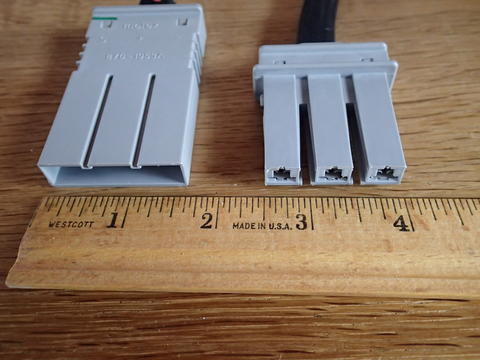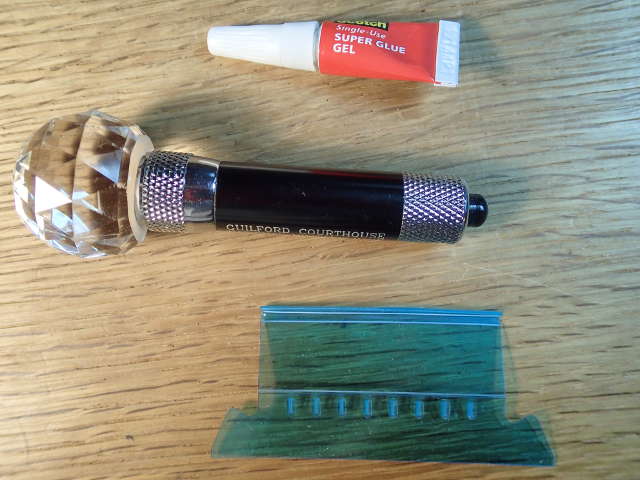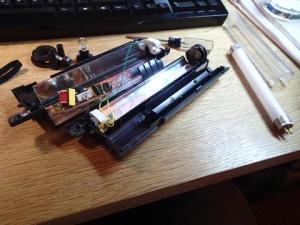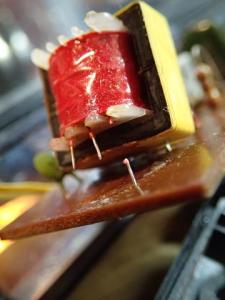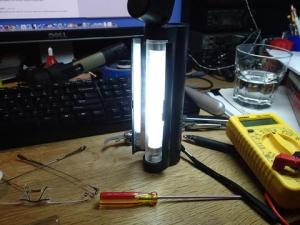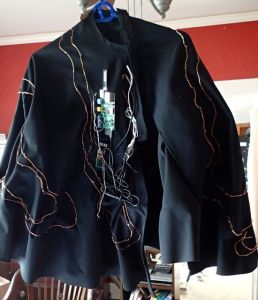It seems like, between deregulation of utilities and global warming, the electrical service just isn’t as good as it was in the past. Four-day outages have become the New Normal when freezing rain comes. Of course, I bought a generator. It makes 3.5KW and is just enough to run the electric water heater, or practically all of the other appliances I have. Including, thank Spaghetti Monster, the coffee maker.
There are only two problems with the generator. The first is the storage problem. I have to keep 10 gallons of gas handy, and the stuff has a short shelf life these days. This means rotating the gas. Every couple of months I fill up the car off of the cans and then go out and fill the cans back up. Not the biggest deal, but a pain none the less. The second problem is having to do the bi-monthly generator test. I skipped that step for a while, and as soon as I needed the rig again, the carburetor had to be cleaned out. When I run the engine I always run it out of fuel before I put it up. Turns out, that isn’t good enough. You have to actually remove the float bowl, drain it, and dry it. That’s more trouble than I want to go to, so now I once again just run it every couple of months.
The second problem with the genny is the deafening roar. Now, this is where I could have been clever and gotten one of the inverter-type sets with a small, variable-speed engine. The alternator on those doesn’t even try to produce 60 hertz power, but instead the engine speed is matched to the load at the most efficient point. The strange-frequency power is rectified to DC and then passed through an inverter to turn it back into 60 hertz AC. Net result is a fairly quiet rig. They also seem to top out at about 1KW.
What I really want is a dead quiet way to power the essentials through moderate-length outages – maybe a few hours. We occasionally have these sorts of outages, though the big four-day dealies are just as common. What I really need, in other words, is a battery bank and a big honking inverter.
Cheap way to get a big honking inverter – score a dead uninterruptable power supply (UPS). The cheap ones, which is what I have, normally just pass the 120V line voltage through the unit while they tap just a little bit of power to charge a pair of small batteries. The batteries are typically 7 or 9 amp-hour gel cells, which are basically like motorcycle batteries. These batteries will eventually dry out and fail. When they do, it’s just about as cheap to replace the UPS as it is to fool with new batteries. Hence, there’s a good supply of these UPSes in the electronics recycling bins at the dump. I selected a 1.5 KVA model, though that rating is a bit ambitious. In really, it’ll provide 800 watts into a purely resistive load, like a light bulb. Or a coffee maker. Just sayin’.
You ever notice those safety lights up in stairwells, the ones that switch on a couple of lamps when the power goes out? Turns out fire codes require them in commercial buildings. Something about not trying to evacuate a crowded building and suddenly having it go dark in the stairwell. Those safety lights use the same kind of batteries as a UPS.
No, I didn’t rob them out of the safety lights. What I did was wait until the health and safety guy came around and replaced the batteries. Again, fire codes are your friend. The batteries are required to be replaced every two years, well ahead of when they should fail. All you have to do is (a) be actually friendly with the guy and not be a jerk, and (b) offer to carry those heavy things so he doesn’t have to. Four stair wells, five floors, and now I have twenty of them. I also have the dregs of a spray can of fake smoke so I can test the smoke detectors without holding candle under them,. but that’s a whole separate thing. Thanks Safety Dude. You know who you are.
I use the gel cells for all kinds of stuff. They’ll run a boom box at a drive-in movie. They’ll run a small ham rig at field day (takes a few of them to run for 24 hours, but then again I have 20 of them, so…) and they’ll run a 12V RV fan while you’re on the air.
Some of the batteries are in better shape than others – I’m guessing the two year replacement cycle was determined empirically. So I tested some of them and found the two best ones. Test rig is a 12 volt, 50 watt incandescent bulb for RV use. This works out to just about 4 amps. I put the multimeter in series with it, set to measure amps, just so I could keep an eye on discharge. I left the thing glow for an hour or so just to satisfy myself that the batteries weren’t completely ready to fail.
So now I have a UPS that will just barely make one cup of coffee. Next step is to solve the runtime problem. Hint – this involves larger batteries.

Exposure and white balance is totally blown – I used the small waterproof Olympus. It’s surprisingly good, but it isn’t perfect.
